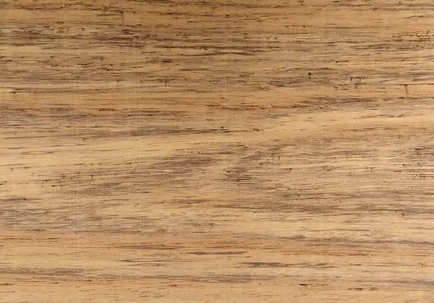Mahogany other than Swietenia: Chukrasia
- Gaskell Guitars Australia

- Sep 13, 2020
- 2 min read
Updated: Jun 1
Natively-grown Swietenia (American mahogany) is no longer available in the world market and commercial trade has been severely restricted since 2003. Today, new American mahogany is grown only in plantations, mainly in Asia and the South Pacific. Plantation mahogany accounts for 95% of world trade in American mahogany.
See here for an explanation for why this is: What is Mahogany?
However, Swietenia is not the only genus in the Meliaceae (Mahogany) family that yields high quality timber. The Meliaceae family consists of 49 genera with approximately 550 species. Some have timber uses and some are even used as direct replacements for Swietenia. Others are merely plants and may only produce fruit, oil and seed often used for medicines or lotions. Of the ones that do yield timber, some include the word "mahogany" in their trade name and others do not. There are two terms to know:
GENUINE MAHOGANY as a term applies to mahogany of the Swietenia genus only, wherever grown.
TRUE MAHOGANY describes the timber of any Mahogany family genus other than Swietenia.
There are many species in the Mahogany family that can be used as substitutes for Swietenia that are just as good.
Chukrasia tabularis
Chukrasia tabularis, is a single genus/species in the Mahogany family found in Southern China, and throughout South East Asia and India. It is endemic to Bangladesh, Cambodia, China (south), India, Laos, Malaysia, Myanmar, Sri Lanka, and Vietnam. It is most commonly traded as East Indian Mahogany, India Mahogany, or Indian Redwood. Other common trade names include Burmese Almonwood, Chickrassy, Chittagong Wood, Bastard Cedar, and White Cedar. Botanically it is very close to Cedrela and Toona. Its wood colour ranges from pale reddish-brown, to yellowish-red, or red, and darkens to various shades of dark brown. Grain is usually straight but sometimes can be wavy or have swirl. Small exports of veneer originate from Myanmar and India. It has been introduced into Nigeria, Cameroon, South Africa, Puerto Rico and Costa Rica as a plantation crop.
In South East Asia the wood is used for high-grade cabinet work, decorative panelling, interior joinery such as doors, windows and light flooring, and for carving, toys and turnery. It is also used for light to medium-heavy construction work, e.g. for posts, beams, scantlings and planks, and for railway sleepers, ship and boat building, furniture, musical instruments (especially pianos), packing cases, sporting goods, truck bodies, mallet heads, anvil blocks, implements, rifle butts, veneer and pulp. In India, the timber is also used for light to medium-heavy construction work.
In 2014, the government of Vietnam identified 35,000 hectares of Chukrasia forests throughout Vietnam, comprising 20,388 hectares of productive forests and 14,661 hectares of protective forests. Since then, the government has been actively developing Chukrasia plantations in central and northern Vietnam with the goal of advancing timber production for both Vietnam's domestic and export markets.
References:
http://www.prota4u.org/protav8.asp?h=M4&t=Chukrasia&p=Chukrasia+tabularis#Synonyms
http://www.theplantlist.org/1.1/browse/A/Meliaceae/Chukrasia/
https://www.botanikks.com/plants/chukrasia-tabularis-ajuss/670267/1
http://www.worldagroforestry.org/treedb/AFTPDFS/Chukrasia_tabularis.PDF
http://sl.ku.dk/rapporter/seed-leaflets/filer/chukrasia-tabularis-42.pdf









Comments